Why You Should Use Math Sorts in Your Classroom
Are you a first-grade teacher? A third-grade teacher? A fifth-grade teacher? Regardless of what grade you teach – even high school! – your students should be using math sorts. Sorting is not just for toddlers and kindergartners. Here’s why —
.
BUT WHY SPEND VALUABLE MATH TIME SORTING?
Sorting falls under the algebra strand of mathematics and extends into data analysis and probability. But, it can be used in all mathematical strands. Sorting deepens and extends children’s thinking and understandings.
As young children begin to notice patterns – a cry brings these results while a smile brings these – they then begin to sort behaviors and objects based on patterns. Patterns weave mathematical topics together and help us see relationships, make generalizations, predictions, and connections. These are not only important in mathematics but also in our day-to-day lives!
When children put away toys, organize the contents of a backpack or desk, they are sorting. Throwing a ball is sorted into an outdoor activity, not an indoor one. The teen numbers are sorted as, well, teen numbers. Five-digit numbers are sorted as ten-thousands.
You get the picture…and the importance. And, I bet you are already thinking about simple, quick ideas for sorting in your classroom.
The picture below is a photo of a quick and easy warm-up that can be varied in hundreds of ways. I frequently use these to start small groups. While students are completing the task, I have time to check on my other groups. Perfect!
This all leads to how numbers relate to each other and how children develop number sense. When children organize and sort, they broaden their ideas as they examine multiple representations of the same number. Older elementary children sort into tables and charts as they make and explain generalizations they have discovered about their sorts. Then they can use their sorts to make predictions.
In the middle grades, children explore patterns sorted into tables, graphs, words, or symbols with an emphasis on those patterns that exhibit linear relationships.
SO, WHAT’S NEXT
To help children deepen mathematical understandings, make mathematical connections, predictions, and see how there can be multiple representations of the same number, do math sorts!
These can be as simple as sorting geometrical shapes which could lead to a charting and graphing shapes activity.
Or use a sorting activity for beginning understandings of algebra as in the photo below.
.
You can find two freebies to get you started with sorting in our Free Resource Library! Both of these freebies have cards and sorting mats plus a recording sheet.
Thanks!
And as always,
.

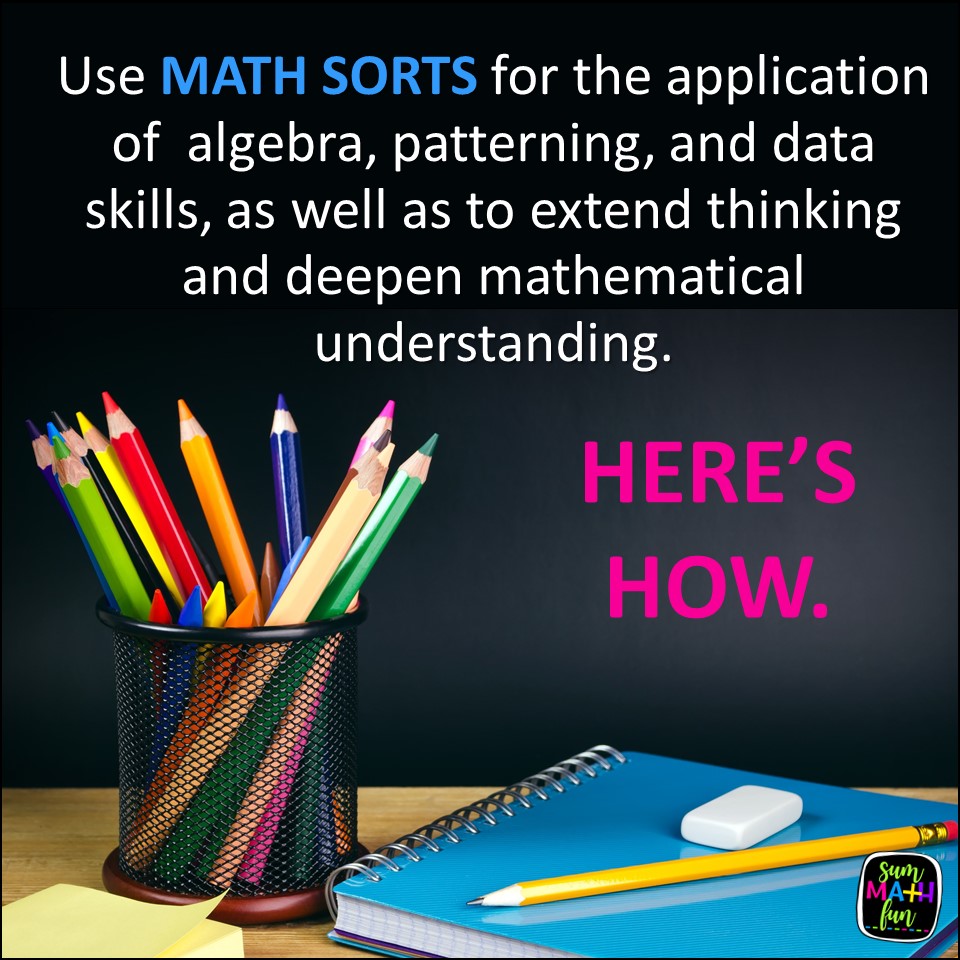
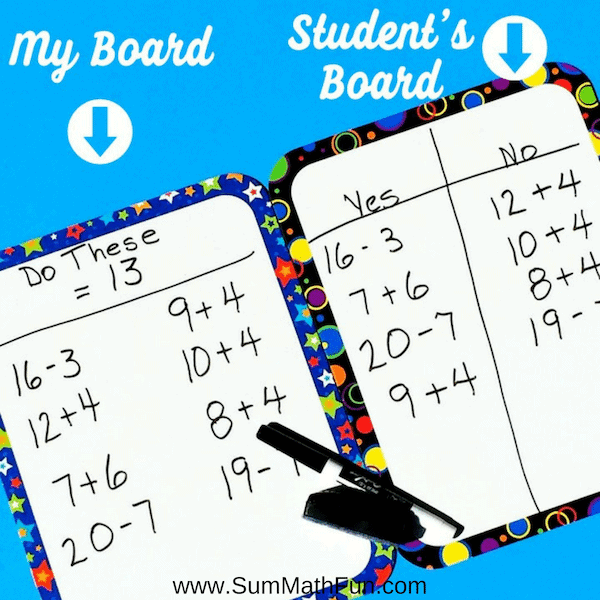
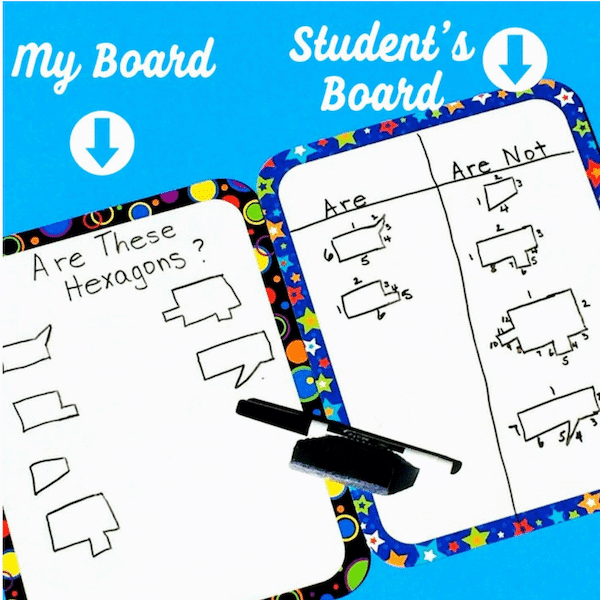
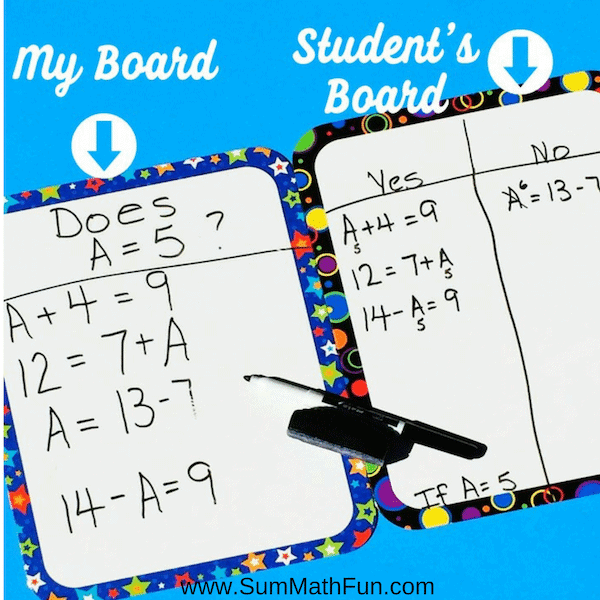
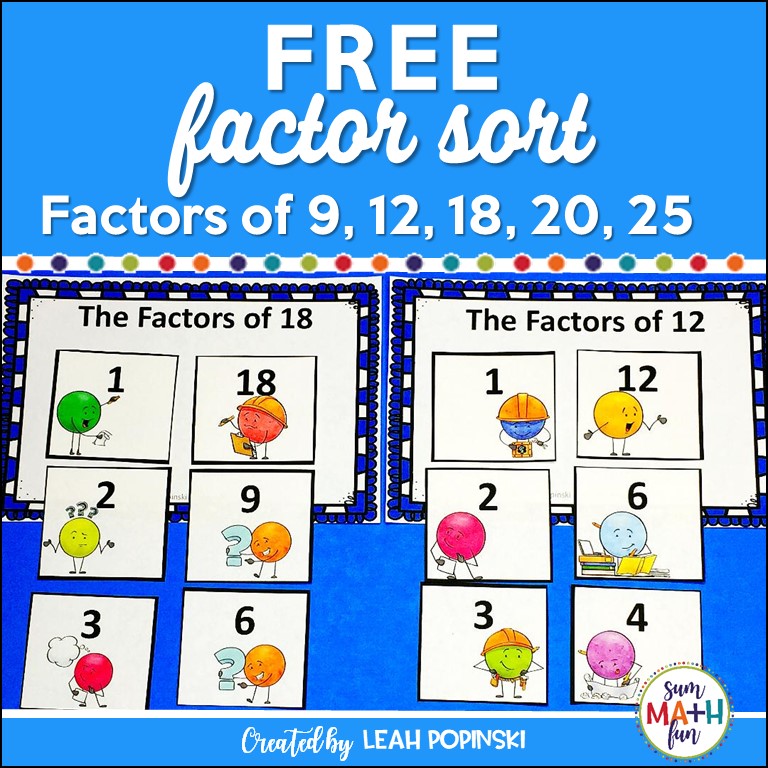
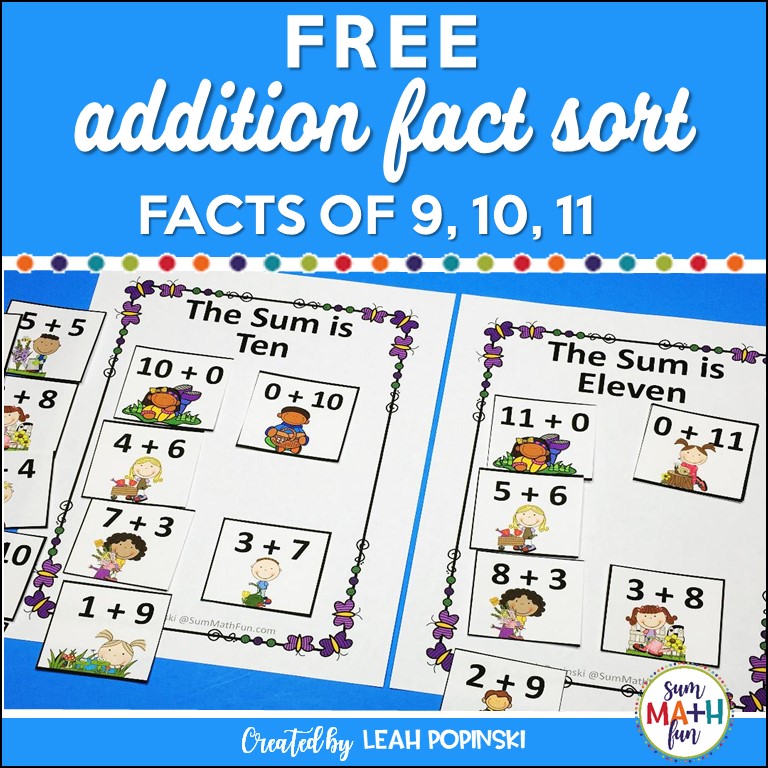

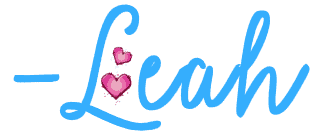
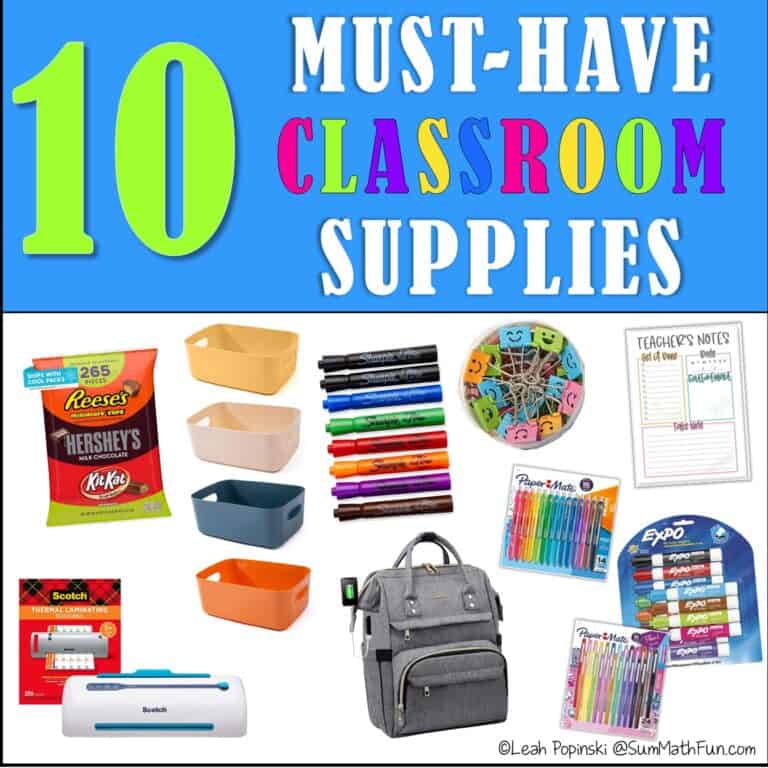
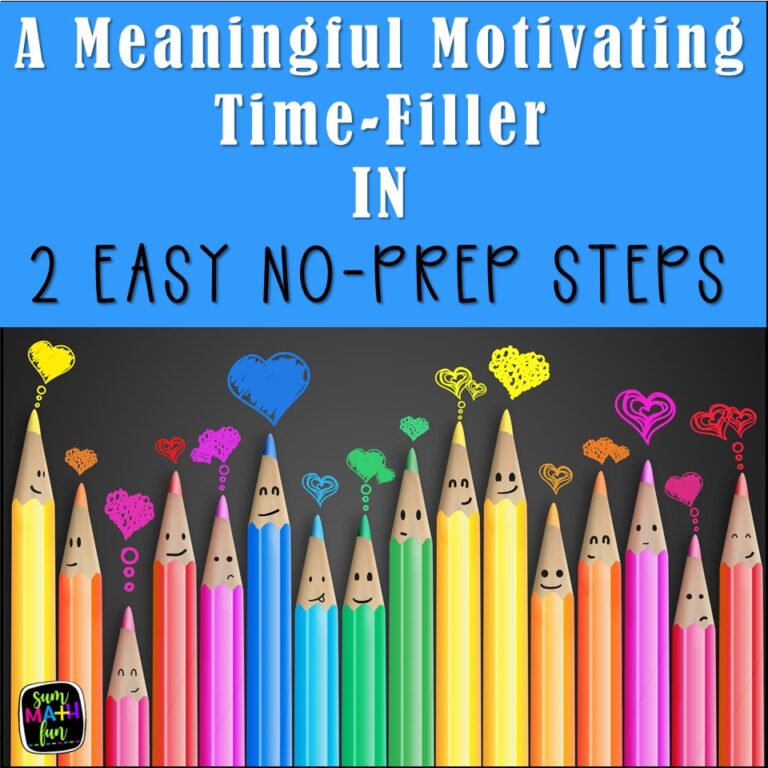
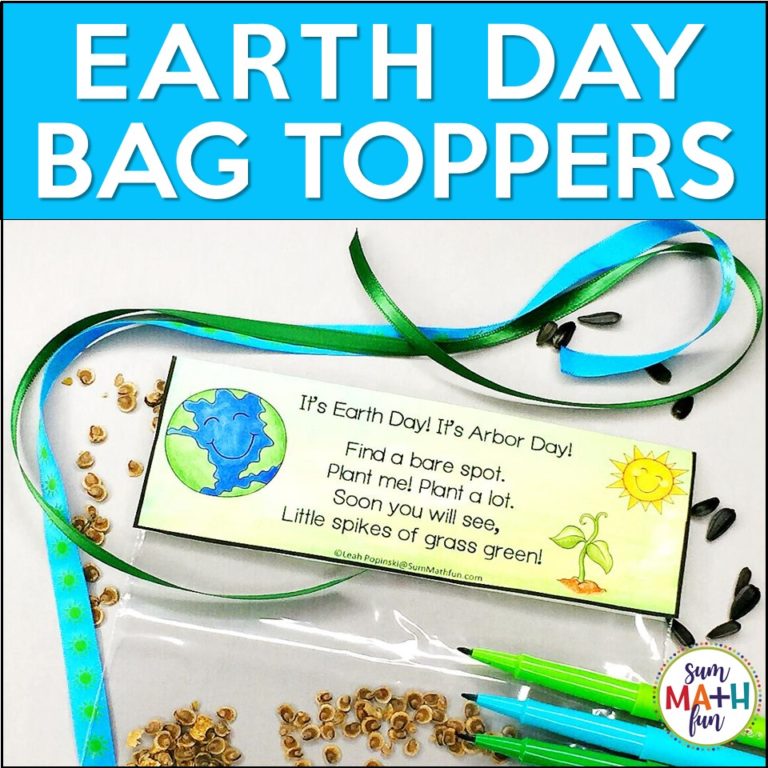
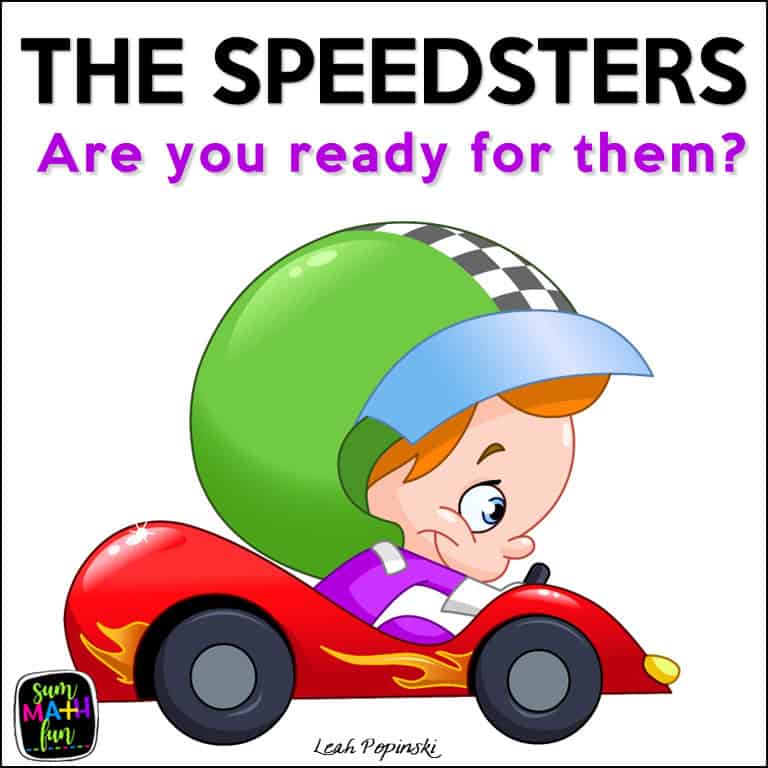
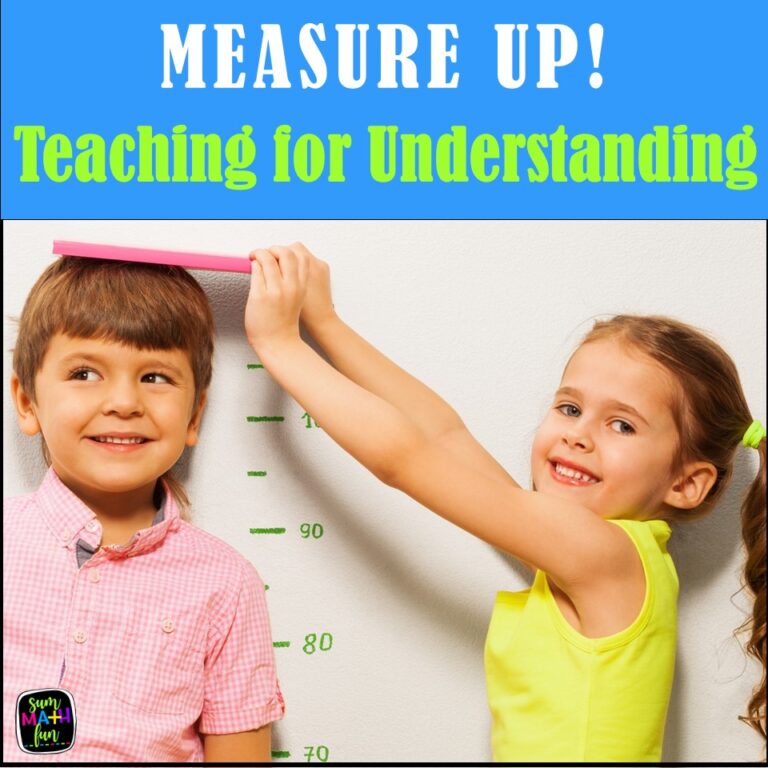


The artwork in these are absolutely gorgeous! Thank you so much for sharing. xoxo
Thank you, Deanne. I purchased the artwork in your freebie this week from Teach2Tell on TpT. I can’t hot link it here, but you can copy and paste this URL in your browser bar (https://www.teacherspayteachers.com/Store/Teach2tell) to see all of her beautiful artwork. I love it, too! You may be seeing it a lot more. 🙂